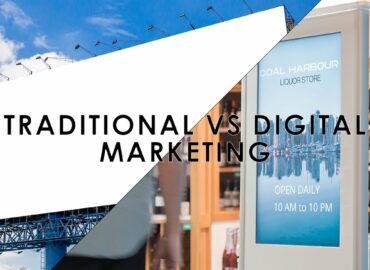RETAIL SECURITY AND LOSS PREVENTION
Shoplifting is something many companies often experience. Shoplifting damages all industrious business owners and costs Canada $5 billion (about $15 per person in the US) annually. Loss prevention and retail security are crucial for the success and profitability of all retail enterprises. The term “retail shrinkage” refers to the decline in inventory brought on by employee theft, supplier fraud, shoplifting, and mistakes in administration. Here are some examples to help with retail security.
1. Shoplifting is just a part
Shoplifting may account for most of the losses that shops endure. Loss prevention specialists are aware that the several types of loss outlined above are not trivial, despite this. Furthermore, there are numerous things that may be done to reduce these losses.In any of these other risky sectors, security professionals may reduce and prevent losses. They are independent of other staff and can maintain inventory records. You, the owners, can access these records, which can then be verified using employee inventory records. It has been demonstrated that their presence keeps burglars out of your store. Security officers can supervise supplier deliveries and keep a close check on everything to makesure all merchandise is accounted for. Finally, security guards can keep an eye on your property and goods outside of regular business hours, such as during renovations or store enhancements, to ensure that nothing is stolen while contractors or other staff are on the premises.
2. Successful Retailers Invest in Loss Prevention
For retail organizations, retail shrinking represents a major expense. Many prosperous merchants make long-term investments in loss prevention personnel to reduce shrinkage.95 percent of Canadian retailers believe they have no choice but to employ their own loss prevention systems. They are mostly large retailers who understand the with the aid of EAS systems, the like hood of theft is reduced. INEO provides and EAS gate that is able to not only warn store owners when a theft has occurred through an alarm but also capture a video clip of the theft to help law enforcement have video evidence and description of the theft. This causes a dilemma for medium-sized and small retailers. They incur costs because of both internal theft and external theft in the form of shoplifting. A loss prevention team cannot be hired or retained due to the size of their enterprises. Excellent customer service and engaged employees are the two components of the answer to this problem.
3. Guard Against Shoplifting
The best online retail publication in Canada advises using EAS systems. The use of these systems was included in Retail Insider’s list of the top five strategies to deter shoplifters. A strong crime prevention strategy includes security agents together with surveillance cameras, lighting, tagging, and access control technologies. According to Retail Insider, the efficacy of the retail security system is down to their ability to focus. They are present to preserve the shop’s safety and security. Other store employees have a variety of responsibilities; therefore, they are unable to simultaneously execute their jobs and keep an eye on all the valuable products in the store. Shoplifters frequently seek out easy prey. They prefer a straightforward theft without having to dodge a guard. Making stealing risky and difficult lessens the appeal of your store to these thieves.
4. Loss Prevention Embraces Technology
The old issues of theft and dishonesty can now be solved in numerous novel ways thanks to technology. Innovative techniques for preventing and detecting retail shrink have been developed in the field of retailer security. Although there have been security systems for a while, more networked systems today can do much more than just activate an intrusion alert. If there is a burglar on your retail property, a central control centre can be notified. With the aid of video surveillance, a remote operator can examine the location and ascertain what set off the alarm. Employee theft through the rear door can be avoided with the use of tags on the merchandise and door sensors. It can help stop shoplifters from stealing. Suppliers’ source tagging can cut down on the expense and administrative hassle of manual, store-based tagging activities. Accurate inventory are maintained with the aid of point-of-sale systems. Administrative errors in items received and other retail processes can be minimized with the help of handheld scanners for stock verification.
5. Training and Retailer Security
Even though administrative mistakes account for a large portion of shrink, greater training can mitigate this. The greatest areas to start might be with inventory management techniques, goods receiving policies, and customer return policies. Shrink is decreased when in-store procedures are correctly carried out. Most retail personnel’ primary duty is providing excellent customer service. The best way to prevent shoplifters is to provide attentive customer care. It’s a terrific barrier to the casual shoplifter if all retail staff are aware of this, available to serve customers, asking consumers if they can help them, and remaining visible. Loss prevention training is much the same as customer service training.
Although you might not expect it, leadership development programs could have an effect on loss avoidance. You need employees who genuinely care about their employer and coworkers to make them committed to preventing losses if you want to limit shrink. Although achieving this level of engagement is difficult, good retail executives may do it with the aid of leadership development.




